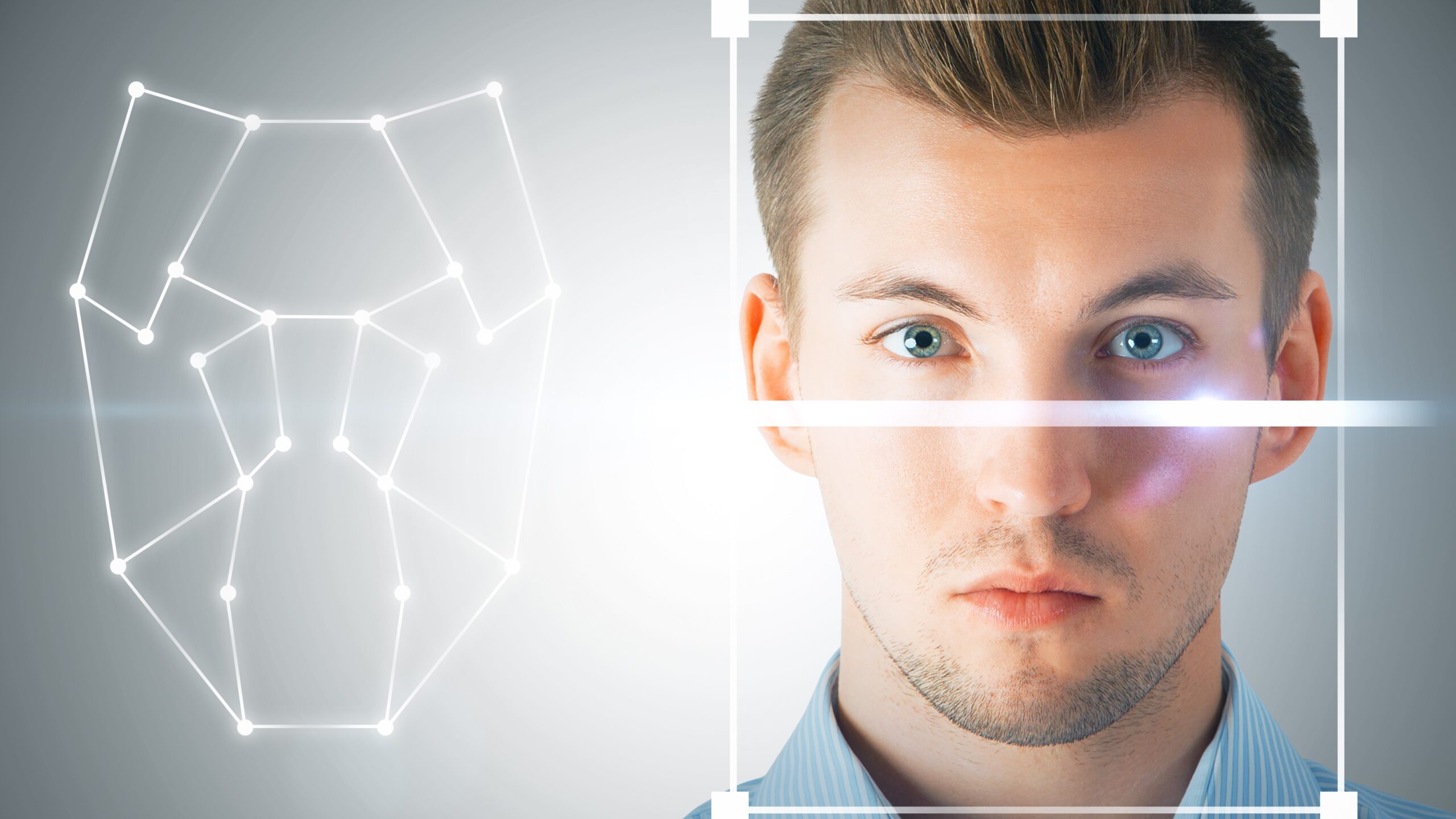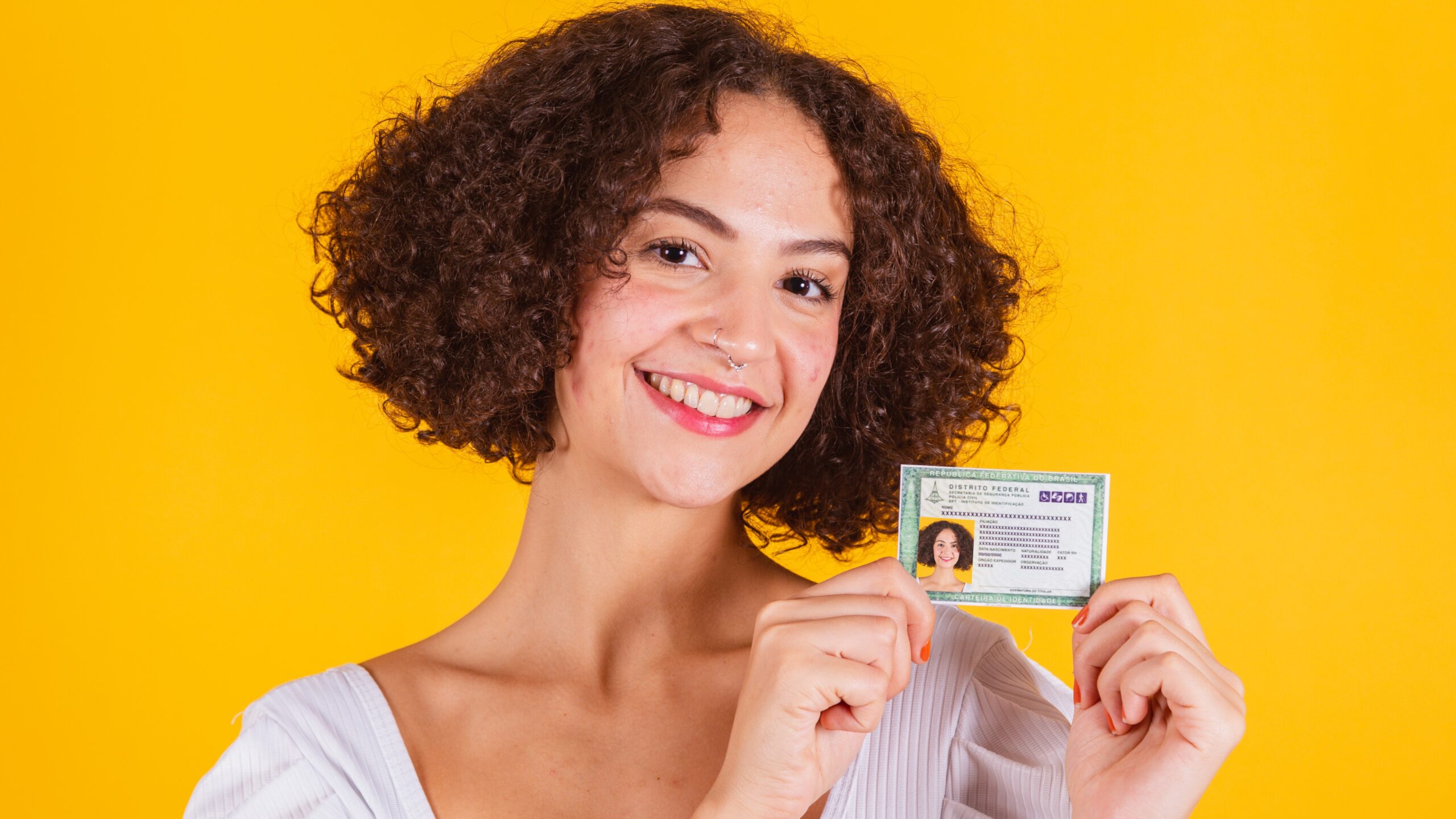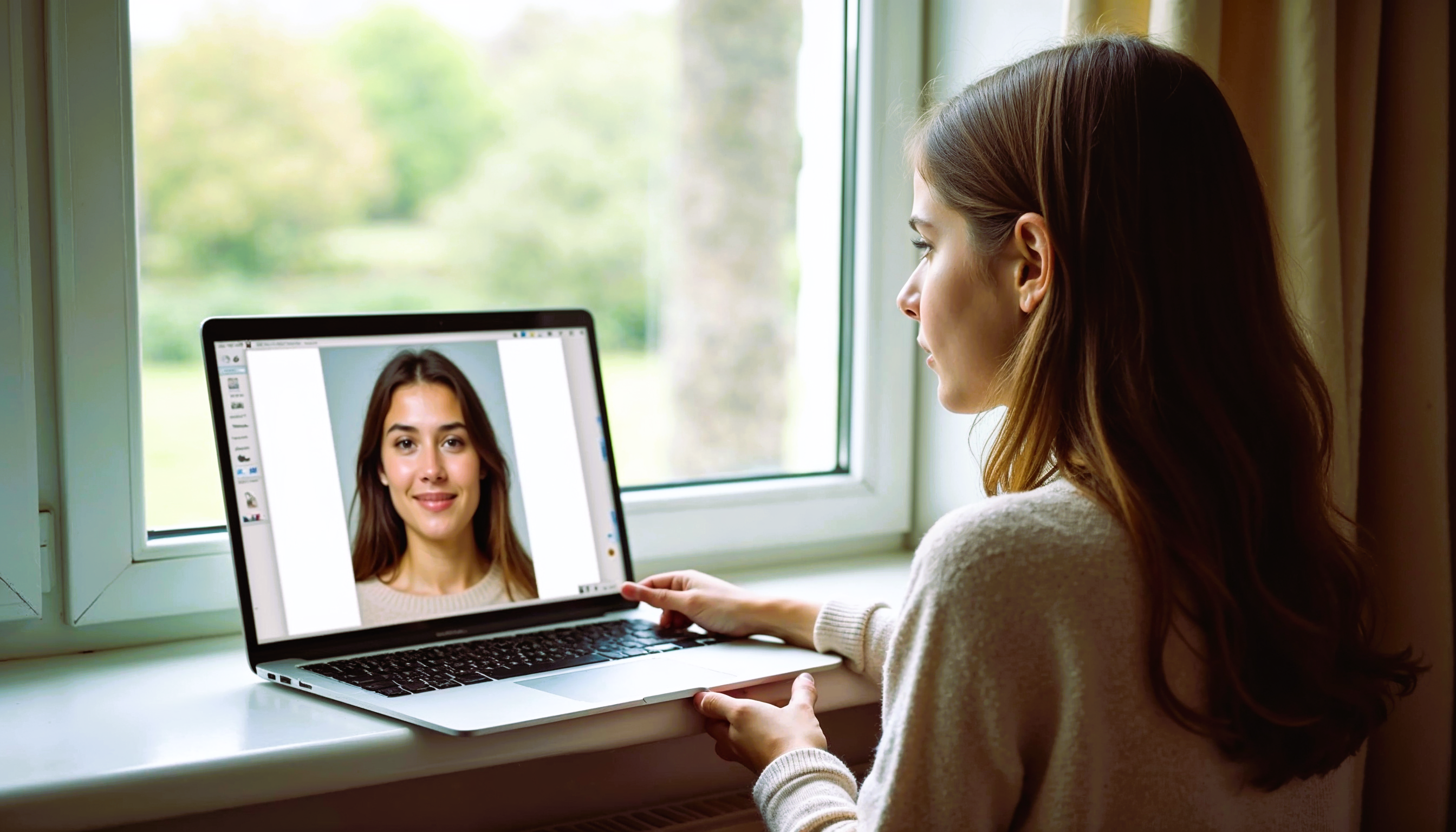
Understanding Biometric Photo Standards
In today’s digital world, security is at the forefront of technology. One area that has gained significant attention is biometric identification. Whether it’s for passports, driver’s licenses, or security systems, biometric photos play a crucial role in verifying identity. But what exactly are biometric photo standards, and why do they matter? This article dives into the ins and outs of biometric photo standards, helping you understand what makes a photo biometric and why these standards are so important.
What Are Biometric Photos?
Biometric photos are used in biometric identification systems to verify an individual’s identity. These systems work by analyzing distinct physical features, such as facial characteristics, fingerprints, or iris patterns. The primary goal of a biometric photo is to create a unique digital template for each person, which can then be used to match their identity across various security systems. The technology behind biometric identification is growing increasingly sophisticated, making it an essential tool in today’s security landscape.
One of the best ways to think about biometric photos is to compare them to traditional fingerprinting. For years, fingerprints have been a trusted method for identifying individuals. However, biometric photos take it a step further, offering a more advanced, digital approach to personal identification. Unlike fingerprints, which rely on touch, biometric photos use visual data to create a unique identity template. This makes it easier to identify someone across multiple platforms without needing physical contact.
The use of biometric photos has expanded significantly in recent years. They are now an integral part of systems like passports, national identification cards, and even smartphone unlocking features. By capturing the unique traits of a person’s face, these photos can be stored digitally and used in automated systems to verify someone’s identity. This technology has become especially useful in applications where speed and security are vital, such as at airports or for online authentication.
In the world of security, the accuracy and convenience of biometric photos have made them indispensable. They offer a level of security that traditional forms of identification, such as physical cards or passwords, cannot match. As these systems continue to evolve, biometric photos are likely to become even more prevalent in everyday life, helping to protect personal data and streamline identity verification processes.
Why Are Biometric Photo Standards Important?
- Ensure Consistency Across Systems: Biometric photo standards help maintain uniformity across different systems worldwide. Whether you are applying for a passport, entering an airport, or unlocking your phone, having a consistent standard ensures that the system can correctly interpret your biometric data.
- Guarantee Accuracy: A slight deviation in a biometric photo can lead to errors in the identification process. Accuracy is crucial for the system to recognize and verify a person’s identity without any confusion or misidentification.
- Enhance Security: Biometric photo standards are designed to protect your identity by preventing fraudulent attempts to manipulate or alter the image. Strict guidelines ensure that the photo used in identification is a true representation of your face, reducing the risk of identity theft.
- Prevent Rejection by Systems: If your biometric photo doesn’t meet the required standards, it could be rejected by automated systems, causing delays or complications in processes like passport applications, airport check-ins, or device unlocking.
- Global Standardization: These standards are implemented globally, ensuring that no matter where you are, the same guidelines are followed. This consistency helps in seamless international travel and cross-border security checks, as the same requirements apply everywhere.
- Streamline Identification: Just like following a recipe to make sure a dish turns out right, adhering to biometric photo standards ensures the “recipe” for accurate identity verification is followed. This makes the process more efficient, fast, and reliable, saving time and avoiding errors.
- Improve User Experience: By meeting established standards, you reduce the chances of having to retake your photo or resubmit documentation. This streamlines the user experience and minimizes the frustration of redoing steps in an application or identification process.
- Prevent Legal and Administrative Issues: Non-compliance with photo standards may lead to complications in legal or administrative processes. It could delay the approval of applications, permits, or licenses, potentially causing inconvenience or legal problems.
Key Biometric Photo Standards You Need to Know
| Standard | Description | Country/Region Examples | Common Issues | Why It Matters |
| Size and Dimensions | The photo must adhere to specific size regulations. | USA (2 x 2 inches), EU (35 x 45 mm), India (2 x 2 inches) | Incorrect size can result in rejection or processing delays. | Ensures uniformity and accurate measurements for all systems. |
| Background Color | The background should be plain and light-colored, typically white or light grey. | USA, EU, India | Dark or busy backgrounds make it hard to distinguish the face from surroundings. | A clear, neutral background ensures proper facial recognition. |
| Face Positioning and Framing | The face should be centered, head facing directly forward, and the entire face should be visible. | USA, EU, India | Misalignment or tilting of the head can distort facial features. | Proper positioning allows the system to capture the face in a standardized way. |
| Expression and Emotions | A neutral facial expression is required, with eyes open and mouth closed. | USA, EU, India | Smiling, frowning, or other expressions distort facial features. | Neutral expressions provide the most accurate measurement for recognition. |
| Lighting and Shadows | Lighting should be even, with no harsh shadows or reflections on the face. | USA, EU, India | Shadows or glares make the face unclear or hard to measure accurately. | Proper lighting ensures clear, consistent facial features for identification. |
| Eye Visibility | Eyes must be fully visible, with no reflections, sunglasses, or coverings. | USA, EU, India | Eyewear reflections or sunglasses block key facial features. | Eyes are crucial for recognition and must be unobstructed for accurate identification. |
Common Mistakes to Avoid When Taking a Biometric Photo
When preparing for a biometric photo, it’s easy to overlook certain details, even though the standards may seem clear. Wearing the wrong attire can be one of the biggest mistakes. Biometric photos require neutral clothing that doesn’t distract from your face. Clothes with patterns or logos can interfere with the system’s ability to properly recognize you. Additionally, hats or scarves should be avoided, as they can obscure your hairline or face, which are crucial for accurate identification.
Another common mistake is poor lighting. Lighting plays a key role in capturing a clear and accurate image. If the photo is taken in poorly lit conditions, shadows or glares can distort the facial features, making it harder for the system to process the image correctly. To avoid this, always ensure you are in a well-lit, controlled environment where the light is evenly distributed across your face, without any harsh contrasts or bright spots.
Face obstructions are another issue that can affect the quality of your biometric photo. For instance, hair that covers your eyes or accessories like large earrings can block key facial features that the system uses for recognition. It’s important to keep your hair away from your face and avoid wearing any jewelry that might obscure vital facial areas, ensuring a clear and unobstructed view of your face.
Lastly, incorrect photo size or cropping is a frequent issue. If your face is too small or if the photo crops off parts of your head, the system might reject the image. It’s crucial to follow the required size and cropping guidelines carefully to avoid any delays or issues with your application. Additionally, not following regional guidelines can lead to rejection, especially if you’re applying for international documents such as passports. Always check the specific requirements for the region or country where you’re submitting your biometric photo.
How Biometric Photo Standards Are Used Across Different Sectors
- Passports and Travel Documents: Biometric photos are a critical part of passport and travel document applications. They meet specific standards to ensure that immigration officers can verify your identity quickly and accurately, preventing fraud or identity theft.
- Driver’s Licenses: Many countries now issue driver’s licenses with biometric photos. This adds an additional layer of security, helping to prevent identity theft and impersonation, making it harder for someone to fraudulently obtain a license in your name.
- Airports and Immigration Control: Biometric facial recognition systems are widely used in airports to speed up the boarding process and enhance security. Passengers must ensure their biometric photos meet the required standards to seamlessly pass through these systems and avoid delays.
- Mobile Devices and Security: Biometric photos are also used in smartphones, laptops, and other security devices for facial recognition. These photos ensure that the system can accurately recognize the authorized user, providing secure access to the device or accounts without the need for passwords.
Why Is It Important to Follow These Standards?
| Reason | Explanation | Consequence of Not Following | Impact on Security | Impact on Convenience |
| Identity Verification | Biometric photos are key for accurate identity verification, ensuring the right person is identified. | Failure to meet standards may lead to incorrect identification. | Poor identification could lead to security breaches or fraud. | Delays or rejections in processing your application. |
| Security and Privacy | Proper biometric photos help protect your personal information by ensuring the system recognizes only you. | Missteps in your photo could compromise security or privacy. | Unauthorized access could occur if the system fails to recognize you. | Difficulty in accessing secure systems or locations. |
| Global Consistency | Standardized photos ensure seamless recognition and validation across borders and systems worldwide. | Not adhering to global standards can result in rejection abroad. | Inconsistent standards could hinder international travel and document processing. | Extra steps or delays when traveling internationally. |
| Avoiding Application Delays | Biometric photo standards ensure smooth processing for visas, passports, and other official documents. | If the photo doesn’t meet the standards, it may be rejected. | Increased chances of rejection or additional verification processes. | Frustrating delays or even re-application due to non-compliance. |
| Efficient System Performance | Following these standards ensures biometric systems function optimally, minimizing errors. | Non-compliant photos could cause system errors or malfunctions. | Errors in biometric recognition could cause failures in security systems. | Inconvenience due to system malfunctions or recognition issues. |
The Evolution of Biometric Photo Standards
Biometric photo standards have evolved significantly over the years, driven by advancements in technology and the increasing need for security. What was once a simple photograph for identification purposes is now a critical element in a wide range of sectors, from travel to personal security. As systems become more sophisticated, the standards for biometric photos have also become more precise, ensuring that the technology can accurately and quickly verify an individual’s identity.
One of the driving forces behind the evolution of these standards is the growth of digital identification systems. As countries and organizations move toward paperless and automated systems, biometric photos play a key role in facilitating seamless, secure transactions. The shift from manual checks to automated biometric scans means that photo standards must meet higher levels of accuracy to ensure that the right person is being identified every time.
The rise of mobile technology has also had a significant impact on the development of biometric photo standards. With facial recognition technology now being integrated into smartphones, laptops, and even home security systems, the need for a standardized approach to biometric photos has never been more important. These devices require photos that are not only clear but also aligned with the latest technological requirements to ensure fast, accurate, and secure access to personal information.
As biometric photo technology continues to advance, we can expect even more precise standards to emerge. Future developments may include enhanced image resolution, improved detection of facial features, and even the integration of additional biometric data such as iris scans or voice recognition. This evolution will continue to enhance the accuracy and security of biometric identification systems, making them an even more integral part of our daily lives.



